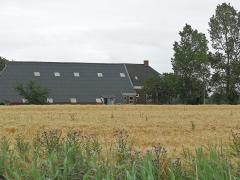Air pollution policy in Europe: Quantifying the interaction with greenhouse gases and climate change policies
This paper uses the computable general equilibrium model WorldScan to analyse interactions between EU's air pollution and climate change policies. Covering the entire world and seven EU countries, WorldScan simulates economic growth in a neo-classical recursive dynamic framework, including emissions and abatement of greenhouse gases (CO2, N2O and CH4) and air pollutants (SO2, NOx, NH3 and PM2.5).
Abatement includes the possibility of using end-of-pipe control options that remove pollutants without affecting the emission-producing activity itself. This paper analyses several variants of EU's air pollution policies for the year 2020. Air pollution policy will depend on end-of-pipe controls for not more than two thirds, thus also at least one third of the required emission reduction will come from changes in the use of energy through efficiency improvements, fuel switching and other structural changes in the economy.
Greenhouse gas emissions thereby decrease, which renders climate change policies less costly. Our results show that carbon prices will fall, and may even drop to zero when the EU agrees on a more stringent air pollution policy.
Authors
Specifications
- Publication title
- Air pollution policy in Europe: Quantifying the interaction with greenhouse gases and climate change policies
- Publication date
- 18 September 2014
- Publication type
- Publication
- Magazine
- Energy Economics
- Product number
- 1613




